|
It's been 10 years since the second iteration of Relic's famed gritty World War 2 RTS Company of Heroes released and finally the third game is here with new features, factions and for the first time a console edition. a PC port then, how's the console controls? For the most part, it's a fairly successful carry over, utilising the 'press LT' to show options wheel that most RTS games use for console. We found nearly all the commands we wanted were easy to access and there weren't too many to remember. That said, we did have some issues with selection as A both selects and deselects units (click on empty terrain), except in some circumstances when it's not and B deselects the order - it would have been simpler to stick to the normal A to select B to deselect formula. Relatedly we found unit selection could be oversensitive and a single click would select multiple units without our intention. There's also no quick way to jump around the map for console either, and we couldn't work out how to chain orders when playing online or outside of Tactical Pause. One jarring act of laziness is that you can't remap any of the controller buttons, but a full keyboard remap option is available. Well not quite ideal, but what's it like to play?One thing this game has going for it is that it's an exciting RTS to play by virtue of the amount of work that's gone into the visuals and environment interaction (or more aptly, destruction). The graphics by and large are decent but the main focus is the chaos of battle: Explosions kick up huge amounts of dust and debris, almost all scenery can be reduced to rubble and after a lengthy battle the ground will be mostly craters and blood stains (the game does not shy away from showing violent deaths) which unlike most games do not fade so the end of a match is a messy sight. Infantry animations have been improved since the previous game and running, vaulting and such all looks pretty smooth and natural. The AI performs fairly well for the most part, but some of the path-finding is a bit wonky and we frequently found our tanks advancing into combat facing backwards negating any armour advantage. With regards to the enemy AI it's not the smartest in terms of flanking but it makes up for it in aggression – even in a standard difficulty skirmish we found ourselves swamped with enemy attacks within minutes unable to break out or build up forces. Like most RTS games there is an element of RNG to combat which helps prevent instant death but can also lead to some almost comically long battles with troops metres apart missing constantly (think that Viva La Dirt League skit). ...there was a bit of dubious tone discrepancy with gameplay being us fighting for the Germans while the cutscenes tell us about the awful things the Germans are doing... Is there much content?There's three main gameplay modes to choose from: the newly added dynamic campaign for Italy, a standard story missions set for the Africa front and your typical skirmish/multiplayer map control modes. The dynamic campaign is an interesting idea combining an Advanced Wars like turn based top down strategy game with RTS gameplay battles for capturing points, and there's choices to make in terms of your route which will please or displease three faction leaders – however this feels a little tacked on as it's not like you're choosing your own route but instead essentially choosing which upgrade tree you want to go with which is basically what each leader is, albeit with more bickering than a normal upgrade tree has. It's a decent premise but we feel it would have worked just fine as a normal cutscene and mission mode. Speaking of which there's the Africa Operation, in which you help Rommel charge his way through Africa, with decent mix of assault, defence and infiltration missions. It feels a bit short though, cutting off after a handful of missions at El Alamein – a missed opportunity to swap to the British side as they push him back to let us use some different vehicles and new scenery. We also felt there was a bit of dubious tone discrepancy with gameplay being us fighting for the Germans while the cutscenes tell us about the awful things the Germans are doing. The two skirmish options are a capture all points or elimination mode for up to 8 players/AI (4v4), though it's a little disappointing how despite their appearance in the story the Italians are not a playable faction, instead we get the Germans twice (in grey or yellow flavour), and will presumably have to buy the Italians as DLC later. It's also exceedingly hard to come back from getting pushed back to base with little point in even trying when you have next to no resources coming in by default – speed and aggression is key. And the verdict?Overall we've enjoyed our time with this game, though we spotted a few control issues, visual bugs and minor historical quibbles it's a solid addition to the rather sparse console WW2 RTS market, and though PC is clearly the intended way to play it performs well enough and offers an exciting dose of visually spectacular war action. Though with Sega laying off numerous Relic staff post release we'll have to wait and see what new content it gets down the line.
There’s something about turn-based battles which make you feel like you’re being tactical. Perhaps it goes back to our younger days of playing Civilization II, where, frequently outsmarted by the AI and ambushed from multiple sides at once, the methodical, considered attempt at strategy was, at least, reassuring.
There’s also a voice for our favourite floating Roomba, Beep-o, which is a little too eccentric for our taste, though the performance for the new spaceship’s AI (more on that in a moment), Jeanie, who acts as a tutorial for new players, is spot on. The gameplay itself is a series of turn-based battles with various enemies on a set board where you have a variety of objectives from simply defeating enemies to destroying large, creepy Darkmess eyes, formed by the space ray’s inky, gooey impact on the world. Movement is more free than it was before, as you can move anywhere in a set space at any point throughout your turn, which might let you dash attack an enemy and then throw them at another for additional damage. the developers have taken chances by changing things rather than just warming up a five-year-old game... One way this makes it a little harder than before is that your characters don’t snap to cover as strongly as they did before, so it can be difficult to know if you’re in the right place or not. Previously while the movement could feel a little rigid, that structure made your movements feel very deliberate. The benefit is that your characters feel more flexible and it makes you think about moving them at different times to make the most of your various abilities. Speaking of which, hero abilities also make a welcome return, offering up special moves on a several turn cooldown, but here there’s also the Sparks themselves, which you can slot into each character to provide another limited-time active buff and a continuous passive buff. With 30 to discover in the game and recruit to your team, it offers a lot more variety when combining them with different team members. For example, one Spark called Aquanox gives your weapons water damage and a splash effect which knocks enemies back. This makes them particularly nasty for, you guessed it, fire-type foes, as well as making your team member immune from the splash effect themselves. Weapons have had a spruce up as well. Instead of damage increasing as you unlock new skins, which are now in their own menu, and the characters’ ability points deal with damage as well as all manner of other upgrades like movement and abilities. Each of your favourites have new weapons to get to grips with, which have a bit more variety and help give each character their own strengths and weaknesses. Luigi is still a long-range specialist, but has swapped his sniper rifle for a bow, while Rabbid Mario now has a pair of gauntlets rather than a basic shotgun. Enemies too have changed, leaning into the elemental variations offered by the Sparks and levels rather than feeling like just reskinned variants from other locations. Progressing through the game is still linear but with a series of hub world sections, similar to a traditional Mario title, which disrupts the environmental storytelling which was one of the highlights of exploring locations last time around. It’s still here, to an extent, but not knowing what order you’ll come to certain things means it doesn’t gel as much with the action you’re taking. You’ll also find random encounters, which can sometimes be avoided if you’re quick enough, but often need to be tackled to complete side objectives and collect planet coins, which then let you unlock not only a secret bonus area, but different cosmetic options specific to that world. To make the most of a game like this you need to feel like it’s operating at the right difficulty level. Fortunately here you can adjust the settings at the beginning of each encounter, whether that’s respec-ing your character or taking the enemy aggression down. This should prove to make the game as a whole more approachable and fun to play with youngsters, who will no doubt appreciate the effective use of a colourful, cartoony presentation. It might not quite be the Mario + Rabbids game we remember fondly, but there’s a good sprinkling of new ideas to be found here, and the teams at Ubisoft Milan and Ubisoft Paris have taken chances by changing things rather than just warming up a five-year-old game. There’s a lot of replayability, with a huge number of combinations of team members, weapons and Sparks to use, and, most importantly, the battles themselves are both fun and really satisfying to finish. Even the levels, despite falling into familiar tropes here and there, use verticality and environmental details to keep things interesting all the way through.
If you’ve been hankering for some silly fun and games, especially on the go with the portable power of the Switch, then look no further. Pros
Cons
9/10 Two Point Campus review | PC9/8/2022 Summer holidays or not, it’s time to head back to school at the illustrious Two Point Campus for a university spin on the Two Point Hospital formula. Students adhere to a list of archetypes, including swot, clown and goth, and each have their own wants and needs in terms of the environment and how they learn. For example, there are various items which are relationship-building between students, such as a heart-shaped love seat, and some students will call for different new items which match their archetype, such as a spooky Goth chair or a rose garden, which one pair of students will not stop bothering me about every month. Herein lies the most frustrating part of the game so far. Some of us will have put hundreds of hours into Two Point Hospital, unlocking a wide range of items and decorations, and the process for unlocking new things is the same – kudosh. Unfortunately, the amount you get is tied to in-game challenges and rewards is quite low, so you find yourself being asked to unlock three or four items at a time, and are frustratingly limited. Another lack of flexibility, which is particularly apparent in the early stages, and no doubt by design in the vein of simplicity, is the inflexibility of teaching options. Any changes you want to make won't come into effect until the following year, and moving teachers around can be fiddly, leaving you being asked to recruit extra staff and having nothing for them to do. Sometimes you want to be able to dig into the detail right away, and the game holds you back, which can lead to you feeling impatient. The fun and games come from the ingenuity and fun which stems from the equipment needed to deliver the various classes, from Knight School to Wizardry to Gastronomy... Humour has been a big part of these sorts of games, and the tannoy quips, and resident DJ, are back this time to keep you chuckling here and there. The world map offers a range of campuses you slowly take over, and you can either max them out up to three stars, or push on to the next adventure. There is something a little repetitive about starting from scratch each time as well, not to mention you feel like missing out on the vast wealth or even pro teachers from your previous, a little unfair, but at least the items you've unlocked are unlocked everywhere. The fun and games come from the ingenuity and fun which stems from the equipment needed to deliver the various classes, from Knight School to Wizardry to Gastronomy. There's a joy in seeing a little character animation, or a cheeky pun or reference which you know the game is jam packed full of. You almost feel like they've been hidden in there just for you. The built-in downtime of the summer break can mean you're less tempted to constantly stop time to make changes during the year, which certainly has been an issue for us for our hospitals in the past, but the chaos seems to ebb and flow rather than gradually building to a nightmarish panic of queue lines everywhere. The madness itself can be endearing, but at the same time in some areas there's not enough depth. In others there seems to be too much, but once you get your head around it all there's a really good time to be had here. No doubt there's nooks and crannies, such as student clubs, we didn't explore as much as we wanted to either.
Overall, the gamble of remixing the formula and throwing in a dash of new ideas largely works, giving us that hit of fun and frantic management we have been craving but still managing to surprise us. Pros
Cons
7/10 The road to the Galar region has been a rocky one for Nintendo and Pokémon fans alike, but when it comes to deciding how this pair of new Nintendo Switch games fare, we'll be focusing on what is here more so than what isn't.
A cross between Teletubbyland and Breath of the Wild's rolling plains, the Wild Area itself could use a bit more intricacy. Biomes and various weather effects seem to shift from hail to sun and back again largely without rhyme or reason, but you'll lose plenty of time pottering about nonetheless. For the collectors amongst you, it's also a great opportunity to fill your Pokédex and diversify your party early on. The story is by the numbers as usual, so those hoping for a deep, meaningful conversation with an NPC hanging out in a Pokémon Center will continue to be disappointed. A cheerful tune greets you whenever you do visit, though in this region there doesn't seem to be any Poké-helper for the nurse. Elsewhere, the soundtrack is an awkward mix of sound effects we've been hearing for years (decades even), an increasingly archaic lack of spoken dialogue, and some charming new themes composed for the Wild Area and various cities. So fun are these latter spins on British culture, visually as well as musically, that you might find yourself spending longer than you should lingering in any one location. While some rockstar Pokémon like Pikachu and Eevee get full sound effects - the creatures often saying their own names with a springy sense of joy - most don't have as much aural character, instead relying on adorable animations to help you bond with them as you play together in camps. Animations overall are a strange mix, though. Even brand new additions like the three available starters (Scorbunny, Sobble and Grookey) have either well-choreographed displays for their unique moves, or completely generic ones which don't seem to match the move at all. You can go from the delight of a bespoke Wooloo "Tackle" to Scorbunny merely jumping on the spot to covey a "Double Kick" – even when it kicks merrily for some other moves.
Shortcomings don't end there, as the game also struggles to make the most of its new platform. Some locations and scenery really shine in terms of their design, but generally you'd be forgiven for assuming that Sword and Shield were 3DS ports. That might still be enough for many players; after all, it’s almost impossible to escape the joy of setting out on an adventure to go from Pokémon zero to hero. Getting properly invested in a team and playing with their movesets to feel like you have all the bases covered is constantly rewarding, in spite of the eye-watering number of type combinations that are now available. Hopefully the development compromises and sacrifices felt across Pokémon Sword and Shield will allow Game Freak to reassess and build on their successes to push the envelope in the future. In the meantime, there's a solid and enjoyable experience here, just not a new one. Pros
Cons
7/10 The world of strategy has been simmering away under the surface of the mainstream for a few years now. Long since the heyday of Westwood Studios, which ruled the real-time strategy genre with its Command & Conquer and Red Alert series, it’s been turn-based games which have been all the rage, thanks to the rise of Firaxis’ excellent XCOM revivals. Soon, such is your efficiency at producing and preserving units, either by merging wounded squads or healing them at a player-owned city or facility, you’ll quickly find the map overrun and units begin to block each other from moving around effectively, leading to a major risk of bottlenecks if you aren’t too careful. While the game works well in docked mode, this title has more of a handheld feel, and the turn-based nature lends itself to pulling it out for a few stops on the bus or morning train commute. Matches themselves, even early in the campaign, can easily last over half an hour a piece as games run across 15 or 20 in-game days (or turns) before one team’s HQ is ultimately vanquished. Tinymetal’s music is fairly unmemorable and doesn’t get across the sort of drama and excitement you might hope for, especially compared to some of those iconic Red Alert or XCOM tunes. It should be noted that we haven’t unlocked the additional tracks with in-game currency, however. Visually, it’s fairly straightforward, but certainly more stylised, exciting and accessible than the somewhat similar Tiny Troopers Joint Ops XL. Those looking to scratch a strategy itch won’t be disappointed here, with fun and games to be had for a budget-friendly asking price, but the repetition of the experience will start to grate for some before too long.
On top of the main campaign there’s Skirmish, where you battle AI using custom maps and settings, and also an online multiplayer component - but seemingly one too sparsely populated to find a game, even during peak hours. In the end, Tinymetal: Full Metal Rumble on Switch is a fun little way to spend some portable gaming time, but doesn’t do too much to be exciting or bring a new twist to the genre or platform. There’s little to master, other than the patience for slow-moving and resource-limited units, but there’s still something endearing and easy to enjoy about the game. Pros
Cons
7/10 Following its launch on PC and PS4 late last year, Ronimo Games (Awesomenauts Assemble!) have brought their side-scrolling strategy title to Nintendo Switch. Apart from units actively mining resources, which remain at your base unless commanded to collect pick-ups, all units begin marching towards enemy positions immediately once purchased. They give no thought to their own safety or the size of the challenge facing them, therefore, players must manage resources carefully to ensure troops are sent forth in groups, rather than individually. This leads to some interesting strategization, as you’ll want to find potent combinations that best complement each other. Missions generally feature at least one main objective along with one or two bonus objectives, which encourage you to experiment with tactics or challenge yourself by deliberately making things harder, adding variety to the straightforward level layouts. Main objectives range from simply destroying enemy bases to more memorable tasks like navigating a limited number of troops through environmental obstacles. Occasionally, you’ll also come across Bonus Battles; these one-off skirmishes give you the freedom to build your own army from all of the units you’ve unlocked thus far. Both visually and technically, Shawarmageddon fares well on Switch. Frame rates occasionally drop during the largest of battles, but (naturally) Nintendo’s hybrid console offers the most ways to play - docked, handheld and touch - to easily counterbalance that. There’s seamless switching between the latter two, which makes targeting individual units a doddle, though, as we’ve found before, the balance, weight and shape of the Switch just doesn’t lend itself well to this one-handed style of play for long periods of time. The versatility of the Joy-Cons also facilitates spontaneous bouts of local multiplayer, both docked and on-the-go, with portable play intelligently taking the unconventional approach of splitting matches vertically for optimum use of the Switch’s limited screen space.
Online multiplayer doesn’t hold up quite so well, unfortunately, as you’ll likely struggle to find another player even during peak hours. After just a handful of successful matches (many of which were against the same opponent), we found ourselves ranked 23rd on the global leaderboards, which suggests this mode has a very limited following. Despite the dearth of online competition, Ronimo have catered their charismatically simple and engaging take on the strategy genre to all play styles on Switch, making it an attractive purchase. Pros
Cons
8/10 Mutant Year Zero: Road to Eden takes the turn-based tactics integral to its tabletop namesake and mixes them with real-time stealth and exploration, giving life to a hybrid brand of gameplay which fittingly mirrors the title’s overarching themes.
Straying from the main path to explore offshoots in the game’s “post-human” take on Earth allows you to uncover these materials in abundance, as well as new weapons and armour, plus even the odd side quest. The latter pair with collectibles to flesh out an intriguing background for what’s a rundown-yet-lush world reclaimed by nature; environments are thick with fine visual details, noticeable even from the game’s somewhat removed, isometric perspective, which makes it a shame that the camera can’t be zoomed in to appreciate them to their fullest. After any stint outside the one remaining safe haven, a hub area known as the Ark, you can return to tune your kit before heading back out into the Zone, which encompasses the rest of the uncharted world, except for the vague promise of Eden. It’s this illusive, titular paradise you spend the game seeking, initially just as Dux and Bormin, a squabbling and lovable duo comprised of (shockingly) a duck and a boar respectively. More humanoid companions are acquired along the way, but despite their appearance, everyone in MYZ is mutated in some way or another in order to survive the harsh landscape. All of the party characters are decent, but they only ever share playing third fiddle to the more charismatic leading duo; everyone at least maintains the pervasive air of silliness, quite humorously misinterpreting “ancient” technologies to cut through what can otherwise be quite a bleak atmosphere. MYZ is a strange game, but in the best way - it’s a mechanics and lore-focused gamer’s game not requiring the sort of time and energy commitment many of its ilk do. If you can put aside the somewhat cumbersome HUD and a few performance hitches - which aren’t too invasive, due to the game’s methodical pacing - there’s an awful lot both to get to grips with and to be gripped by. Mutant Year Zero: Road to Eden is a strange game, but in the best way - it’s a mechanics and lore-focused gamer’s game that doesn’t require the sort of crazy time and energy commitment many of its ilk do. For a budget buck, or no extra cost to Xbox Game Pass subscribers, it’s one that fans of role-playing and strategy shouldn’t sleep on.
Pros
Cons
8/10 Valkyria Chronicles 4 | Xbox One | Review11/10/2018 Sega spawned many a classic during their Dreamcast-era days, but have struggled to stay as relevant in the ensuing years. The original Valkyria Chronicles appealed because of its gorgeous looks and Dreamcastian demeanour, but we never quite got round to it, so came to this latest edition with some excitement. Let’s cast nostalgia aside though, and answer one of life’s truly great questions: is it any good? Getting your tactics right and correctly reading the terrain will ultimately decide whether you prosper or fall. So, the characters are amusing, but how does the dang thing actually play? To boil it down to its essence, each slobberknocker in Valk 4 sees you moving between a top-down map screen from which you issue commands (position/deploy units, request reinforcements, etc.) and the gloriously animated violence of the third-person running and gunning. We’ve played quite a few similar attempts at this mix, but none come close to the perfect blend achieved here. The sheer variety of choices on offer is astounding, really shaping how you tackle a particular situation or foe. Do you load up on the bazooka-wielding Lancers to take out tanks? Should you employ many-a-sniper to sneak around and take out the enemy crumb by crumb? Perhaps the protective nature of Shocktroopers is more to your taste? Whichever way you decide to go, you’re bound to have fun, learn from your mistakes, and ultimately realise the potential of classes that originally seemed one dimensional (man, the engineers and grenadiers come in handy). Vehicular combat also features prominently in Valk 4, with regular use of Claude’s tank, The Hafen, at your disposal, alongside the incredibly handy APC, which allows you to transport soldiers across the battlefield. Whether it be vehicles or infantry, getting your tactics right and correctly reading the terrain will ultimately decide whether you prosper or fall. Much like the original Valk, version 4 boasts the same command points and action points gameplay system. Command points show you how many actions you can make per turn, whereas action points are relative to each individual unit (later on you can buddy-up groups to your sergeants for extra fun). You can only move/shoot freely until that unit’s meter runs dry, with certain units capable of moving faster/farther, adding extra tactical depth. Using your CP and AP wisely is vital to dominating the blasted Imperial Army. Valk 4 also offers up a buffet of extras, including levelling up character classes, weapon creation, tank/APC improvements, and, best of all, squad building, which functions exactly as you’d imagine while opening up extra cutscenes and fights. All of the above add to the rich expanse of customisation available to the player, really helping to suck you into the story and gameplay on the whole. Gawping at Valk 4 is simply sublime, too, amigos. The gorgeous watercolour style evokes a lost storybook feel, adding emotional depth to the characters and the horrors of war. It’s not just the perfectly animated and drawn characters and sets, but the tea-stained map and comic book bright text of moving foes in the command segments, all working in unison to add that extra layer of visual polish and personality. We’re not finished with the positives yet, as you can also add the game’s audio into the mix (WHAT. A. PUN). Sweeping, swooping strings and stupendous orchestration follow Squad-E’s ups and downs perfectly, whilst the voice acting is charmingly corny. As much as we’ve enjoyed Valk 4, we’d be fool not to point out a couple of its flaws. The many, many, MANY cutscenes can leave you feeling foie-gras’d (you bet your rectum that’s a verb), as it often feels like you’re never going to get into an actual battle. It doesn’t help that voiceovers move too slowly to keep up with the subtitles, seeing us jam the A button on the reg in order to speed through another scene of Claude feeling emo about his weakling past (Scaredy Claude is his nickname, in spite of being in charge). There’s also no getting away from the fact that a Japanese-centric third-person strategy RPG is just an insy bit niche…
Despite those minor negatives, we came away thoroughly entertained by Valkyria Chronicles 4. Its tactics and combat are fun; the characters and story sway between cliche, humourous and melancholy; and the audio-visual presentation is outstanding. We’ve been blessed with some cracking games already this year, but personally, this goes straight to number one for little-old-me. A Dreamcastian delight: thanks Sega. Pros
Cons
9/10 Two Point Hospital | Steam | Review5/9/2018 There’s a fine art to taking a beloved franchise and using it as a base to produce something new that can stand alone. Whether it’s The Last Jedi dividing a fanatical Star Wars audience or the latest superhero flick not being true to its source material, the process is fraught with danger and potential fan backlash. How reassuring to our faith in humanity then that Two Point Hospital is every bit the worthy standard bearer for a welcome return to the 90s’ management sim boom. Two Point Hospital is every bit the worthy standard bearer for a welcome return to the 90s’ management sim boom. A major plus this time around is that you have multiple locations to manage, so you can always revisit an earlier level and beef it up with more advanced equipment and items to boost your overall organisation's revenue. This metagame is a welcome addition, but, so far, hasn't seen different locations interact or crossover. Repetition and busywork are the quickest way to kill the fun in a simulation game, but fortunately, thanks to the slow introduction of mechanics and a startling amount of depth when you start to dig into the more detailed menus on the information tab, Two Point manages not to be afflicted with this disease. Given there are humans responsible for Theme Hospital involved with the project, it's no surprise that this and probably every other review mentions the game's connection to what was a mainstay of 90s PC gaming. Despite that, Two Point proudly stands on its own, with more than enough fresh ideas to make it feel like an entirely new game. There are a few foibles to throw amongst the superlatives, however: AI behaviour of characters can be questionable at times, and in some aspects there's a lot of manual clicking of items to make sure they’re dealt with - particularly for the janitors, even though you can manually enable and disable specific tasks. Other elements seem very much up to chance as well, such as the panic-inducing emergency requests, which see six or eight patients with the same condition come in for treatment at the same time. In these instances, it often doesn't seem to matter how slick an operation you’re running - there are always casualties. You might have a plus-sized ward with enough empty beds and a more than capable senior nurse, boasting the relevant treatment specialist skills, but still find patients dropping dead on you. A less than encouraging outcome. Still, these moments are few and far between, and the potential to add in new elements post-launch is now far more likely than in the CD-ROM era.
If you're looking for a surprising diagnosis for this game, then you'll need a second opinion, as we're here to confirm - despite a few minor flaws - that the Two Point fever sweeping Steam right now is every bit as intoxicatingly contagious as it's cracked up to be. If they'd got the original tannoy voice back, it might somehow be even better. Pros
Cons
10/10 Masters of Anima | Xbox One | Review10/4/2018 Masters of Anima is a charming action strategy game in the vein of Pikmin and Overlord, where the player guides a young man named Otto on a quest to save his betrothed. Excellent balance is struck between the game's three key pillars in exploration, puzzle solving and combat. Stocking up on a certain type of Guardian as a situation dictates - bow-wielding Sentinels for a boss that cuts a swathe through melee fighters, for example - can help to secure not just victory, but a pat on the back and some extra experience points too. You receive a letter grading at the end of each engagement, with the lofty S rank often taking a few failed practice attempts to reach. Upgrading Guardians can help to make them useful in more situations, but with skill points shared between each class and Otto himself, deciding where to invest them can take a bit of thought; luckily, you can respec as many times as you like between levels in order to really nail the perfect loadout. Replaying stages will net you extra experience to keep improving your build, which is a nice little motivator to do so, as is the opportunity to improve upon letter gradings and gather any remaining collectibles. Outside of the odd technical performance dip and a few proofreading oversights (just note that we were playing a pre-release version), Masters of Anima is a game that’s very easy to admire. Rich with personality and considered design, joining Otto on his quest is a no-brainer for fans of the often overlooked action strategy genre.
Pros
Cons
8/10 |
READ MORECategories
All
Archives
December 2023
|
Pass the Controller |
|
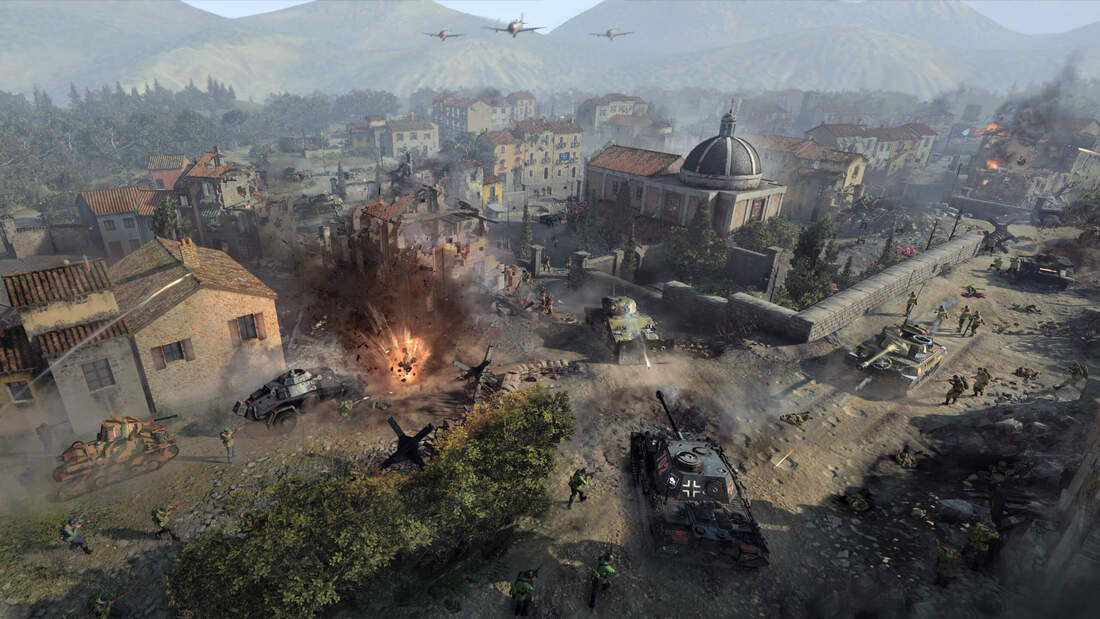


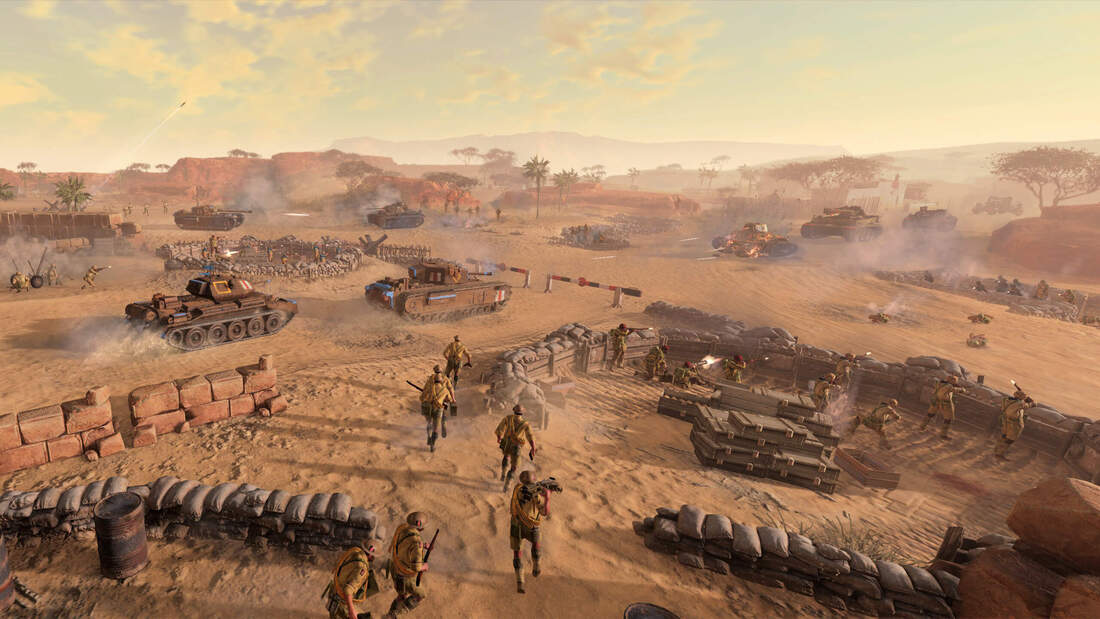
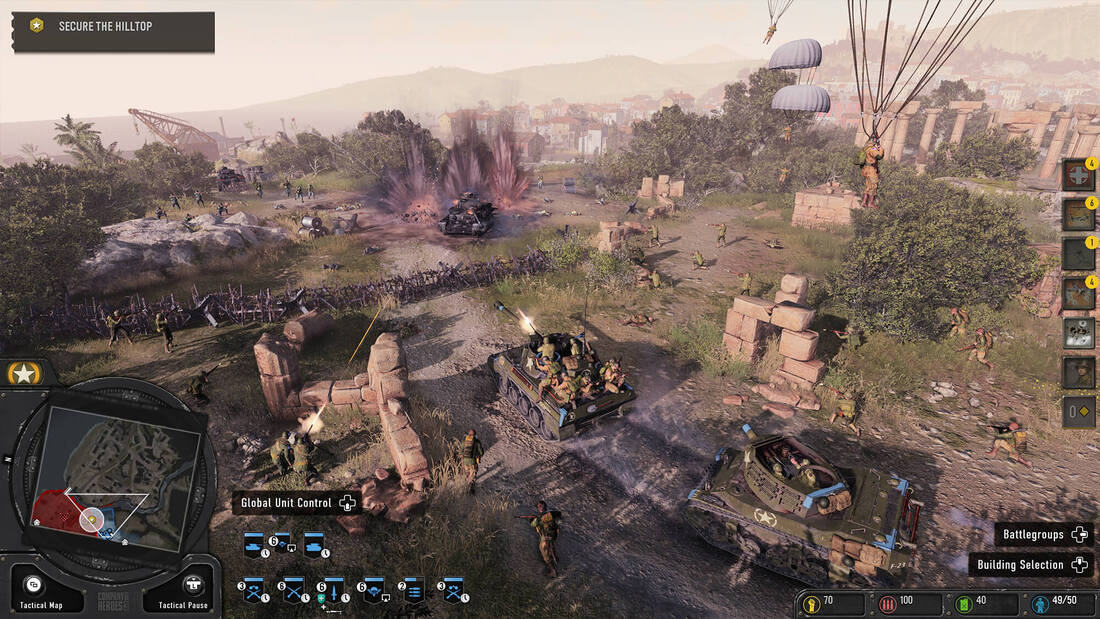
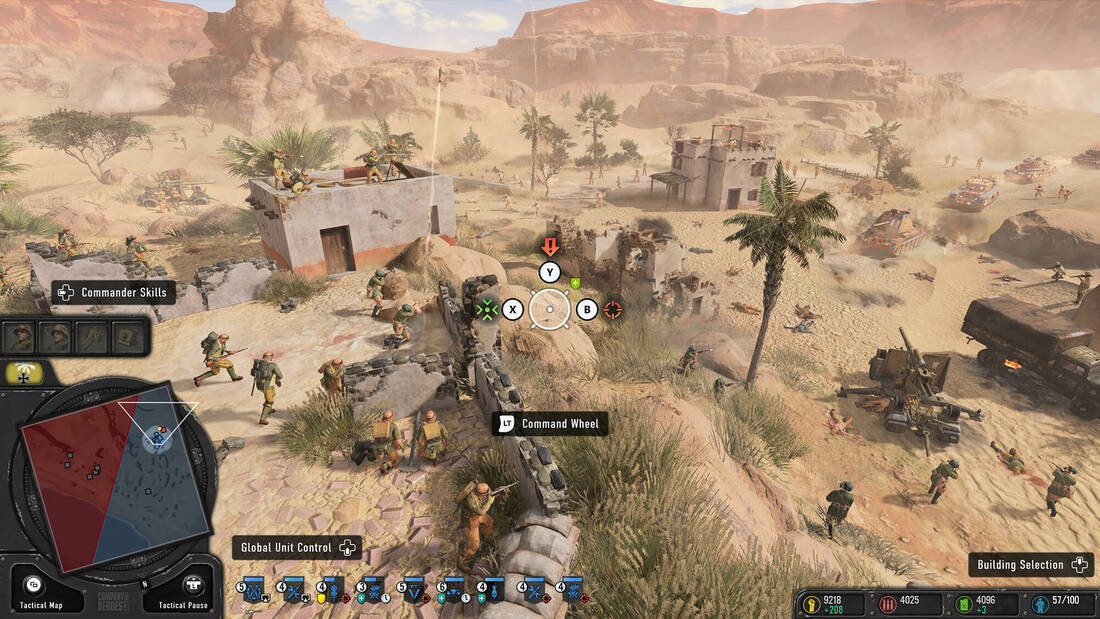
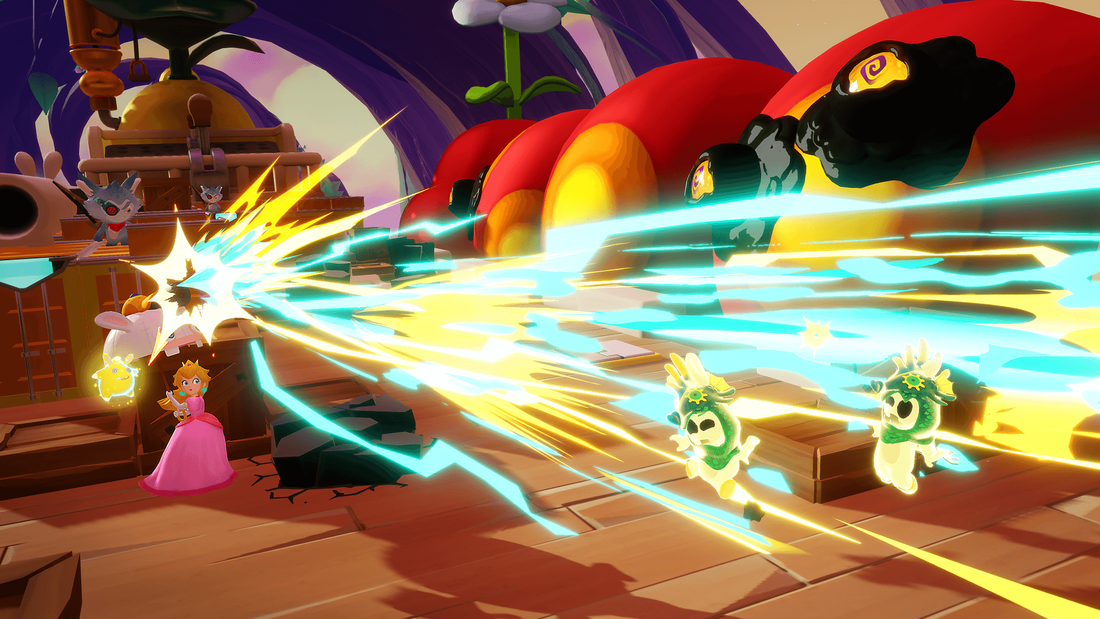


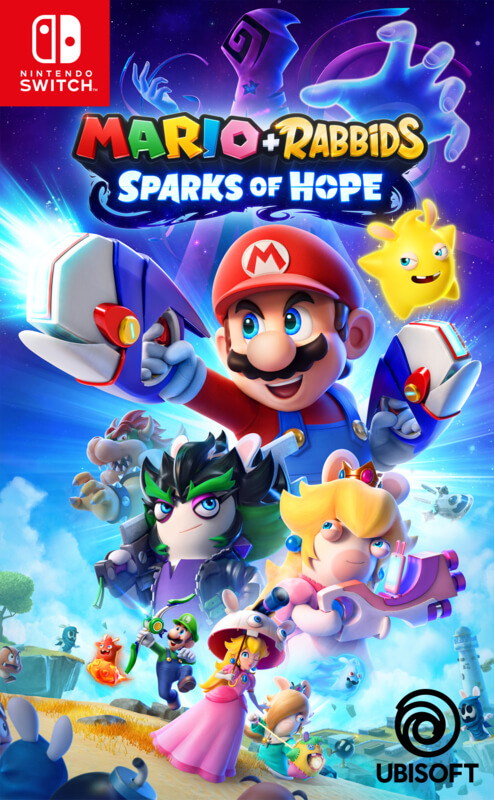
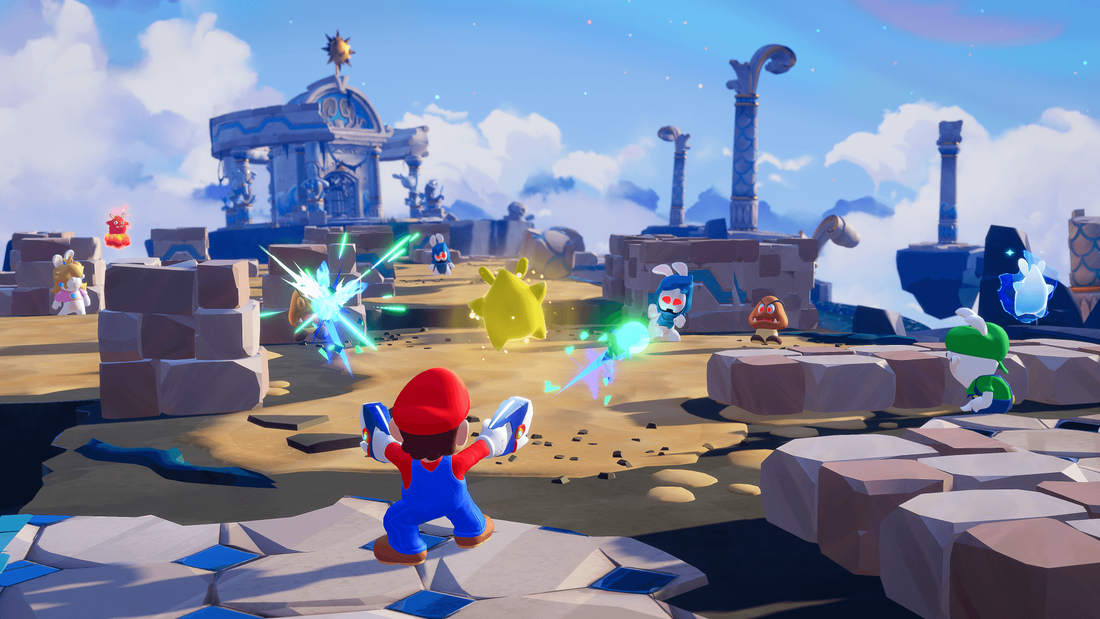
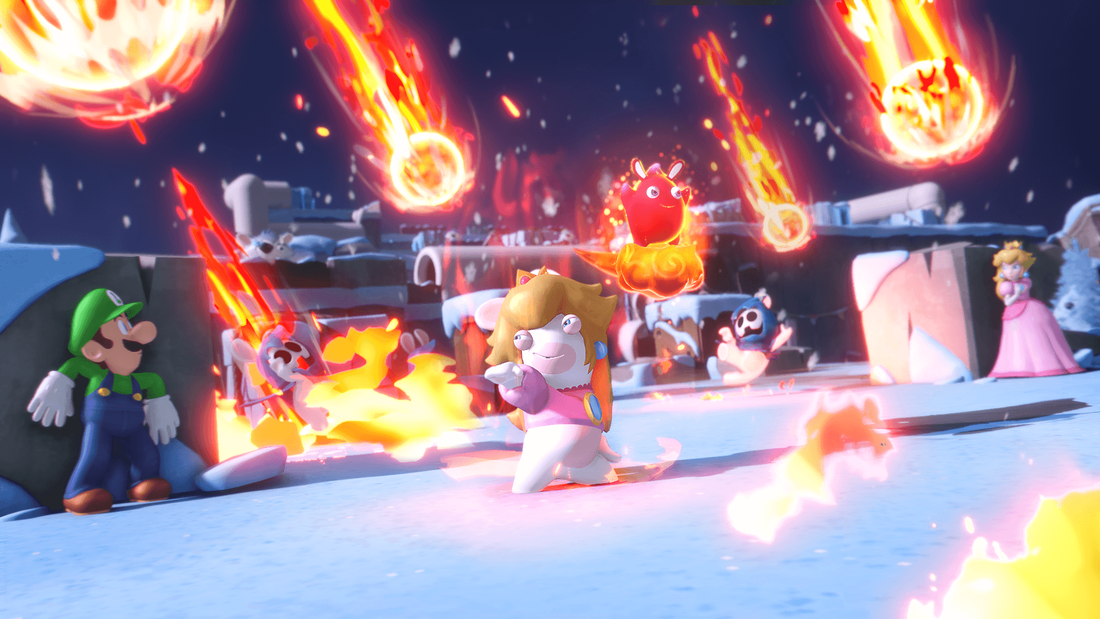
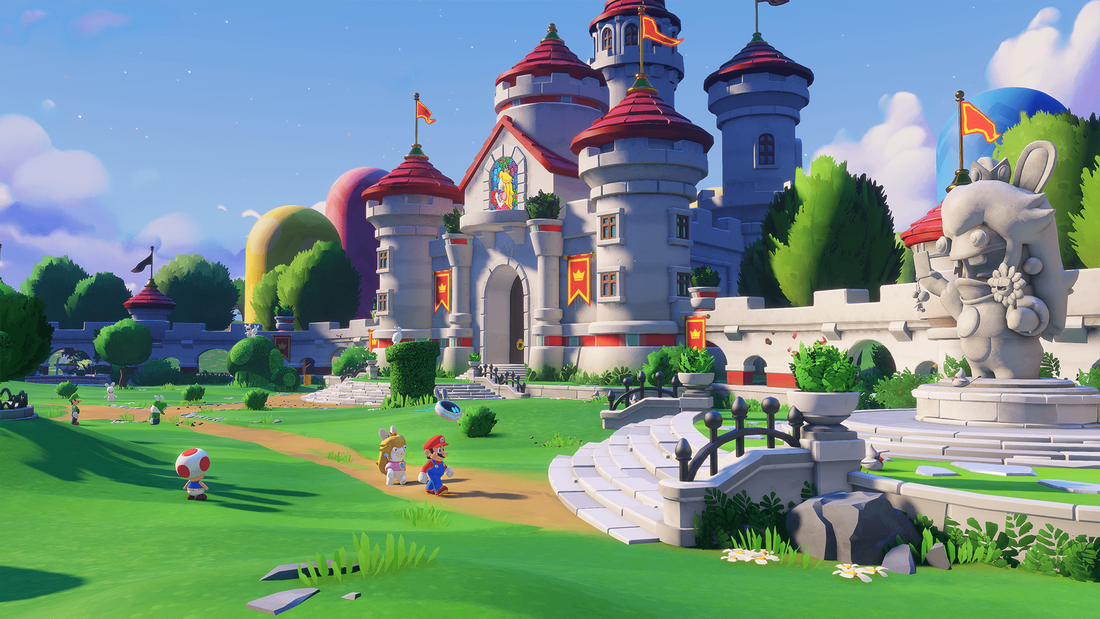
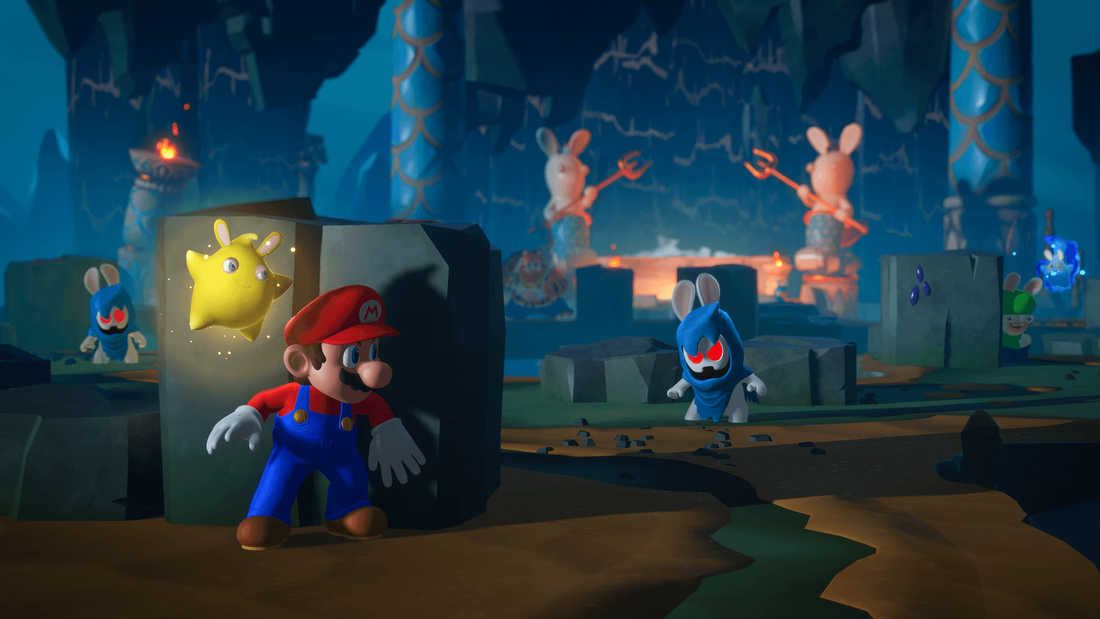
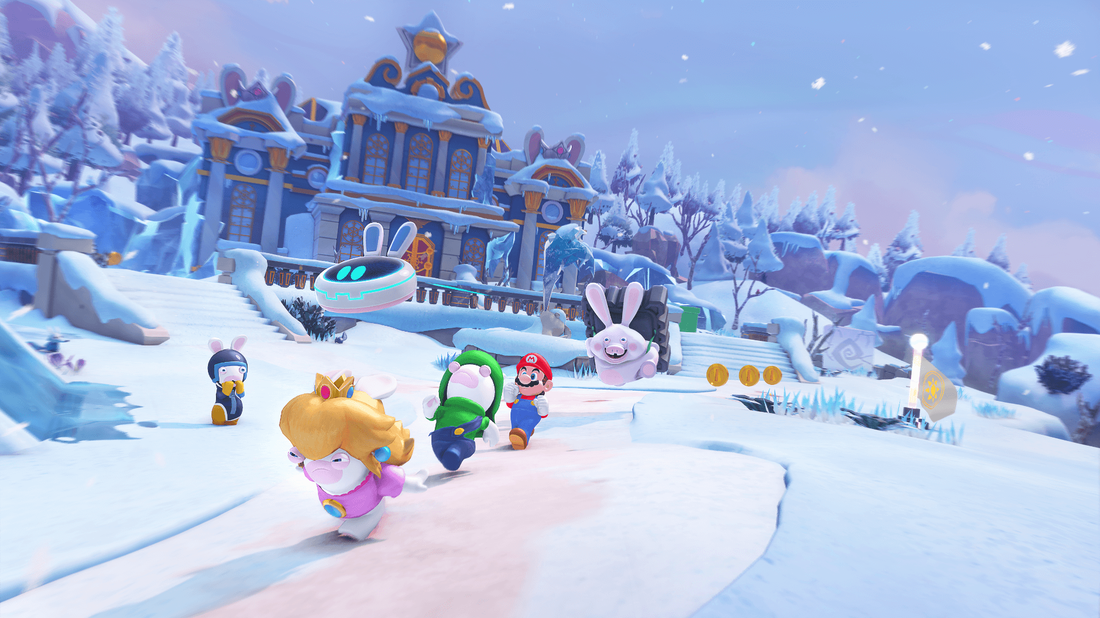
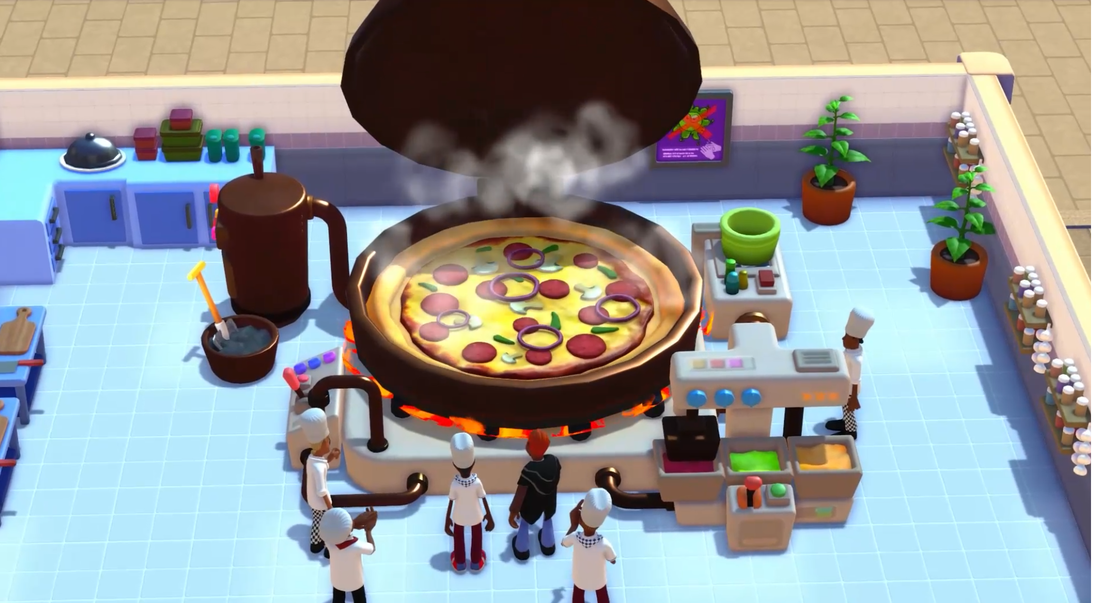



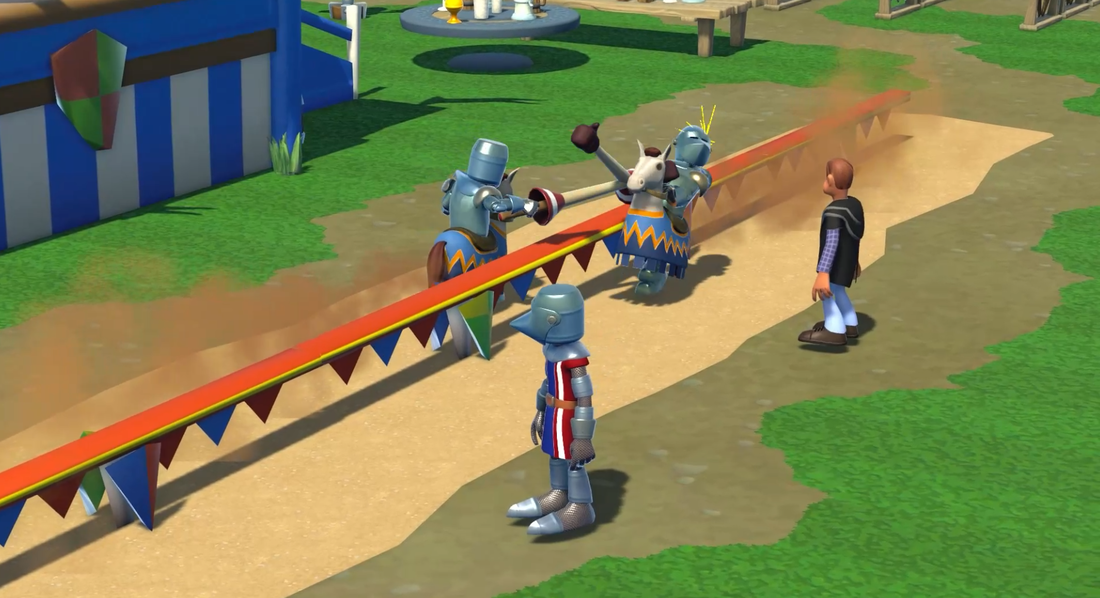
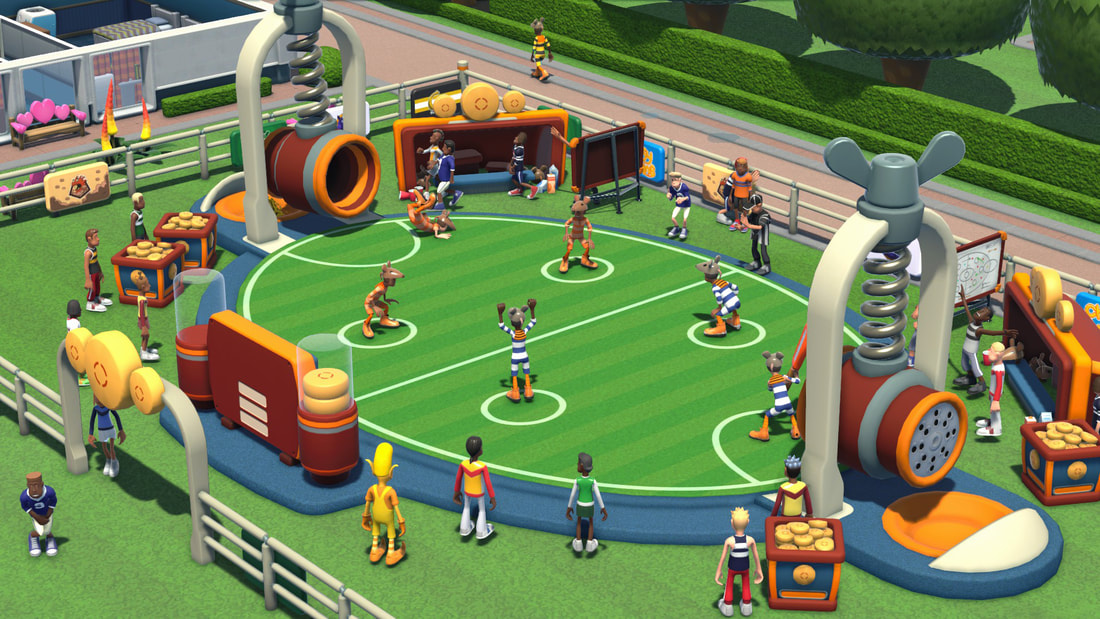

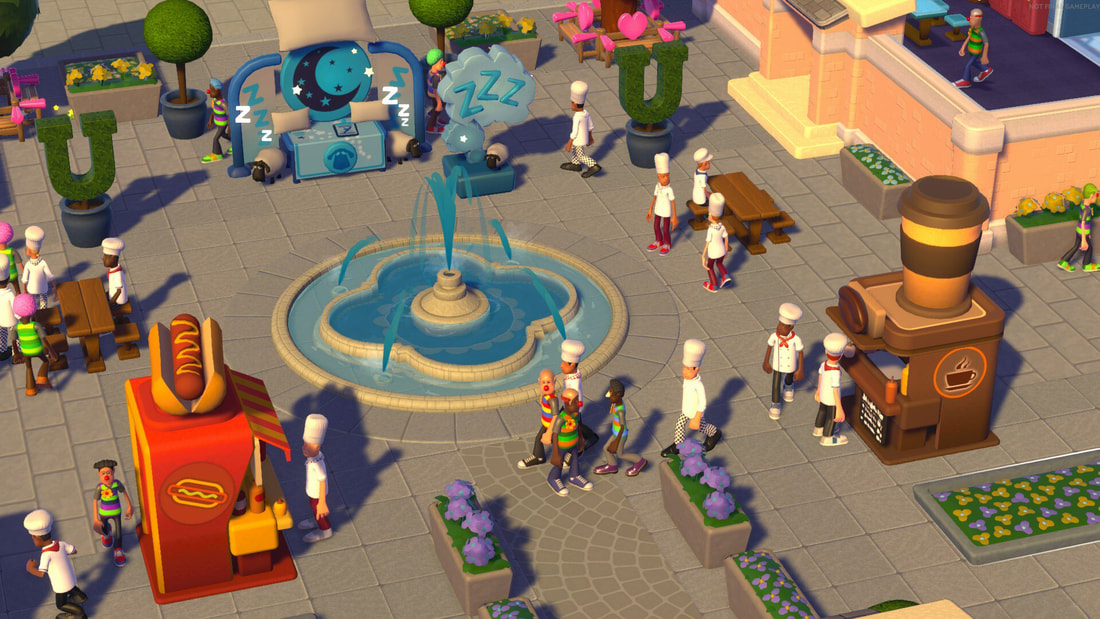
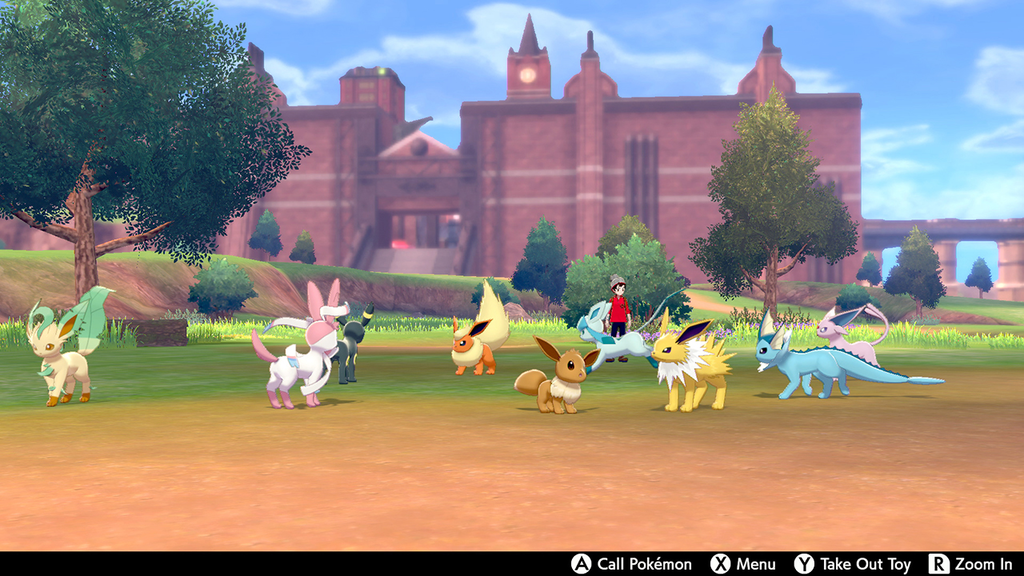


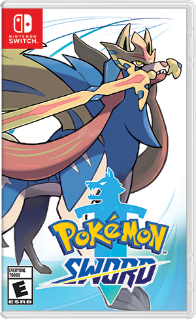
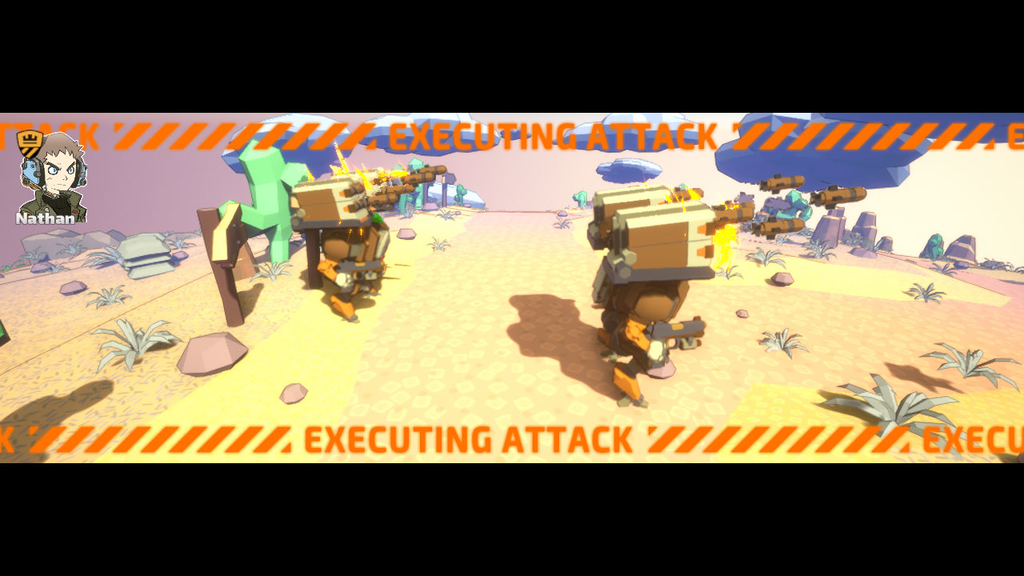


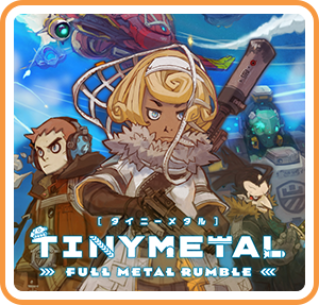
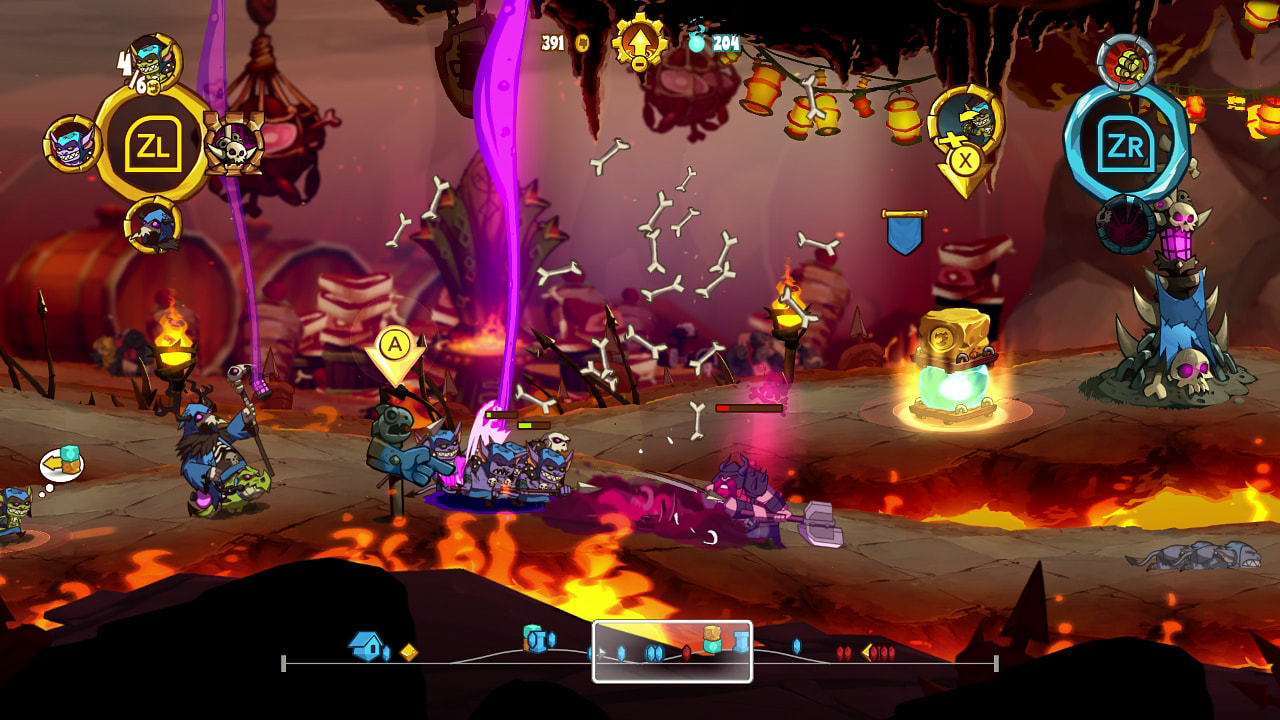


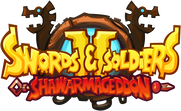
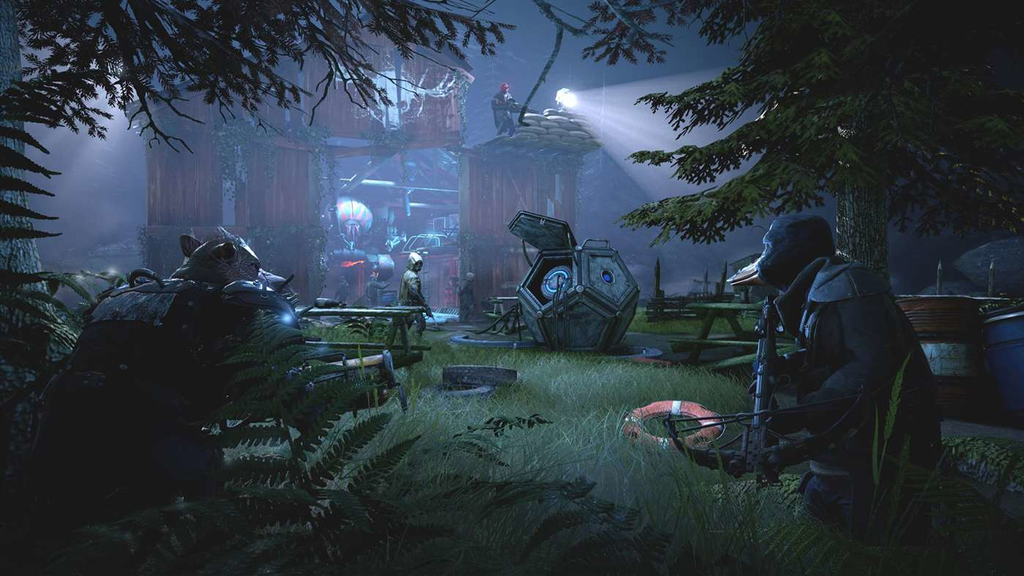
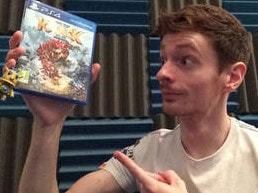


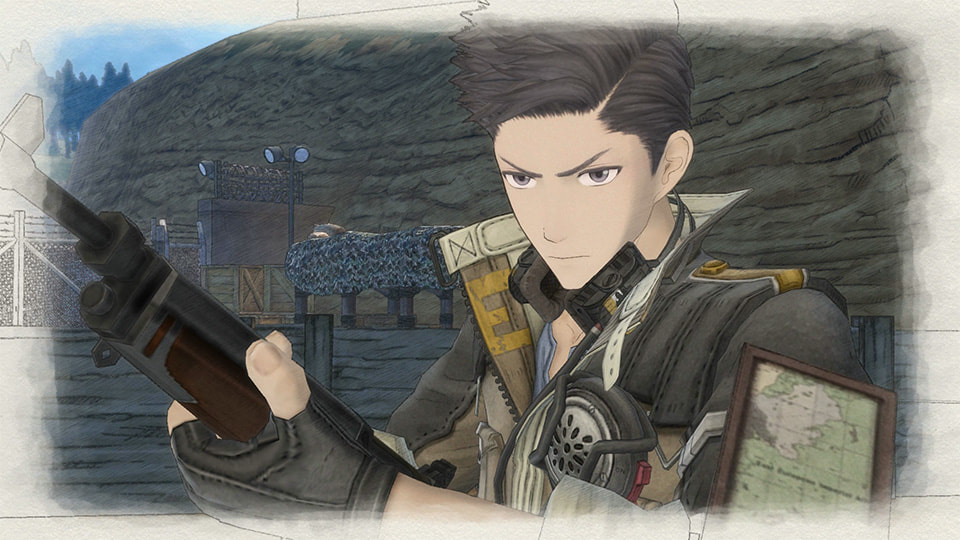



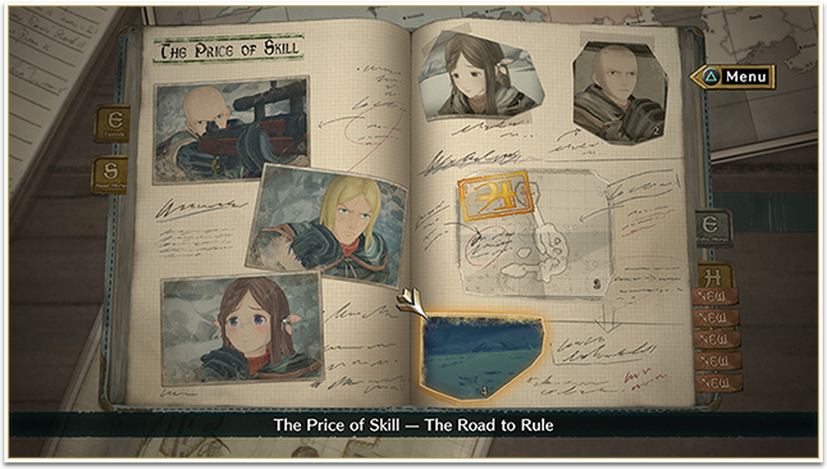
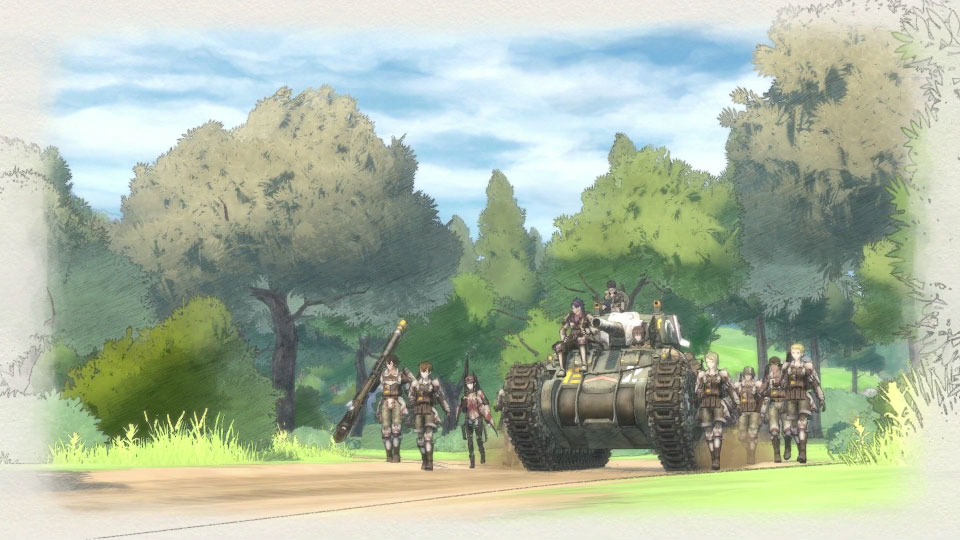
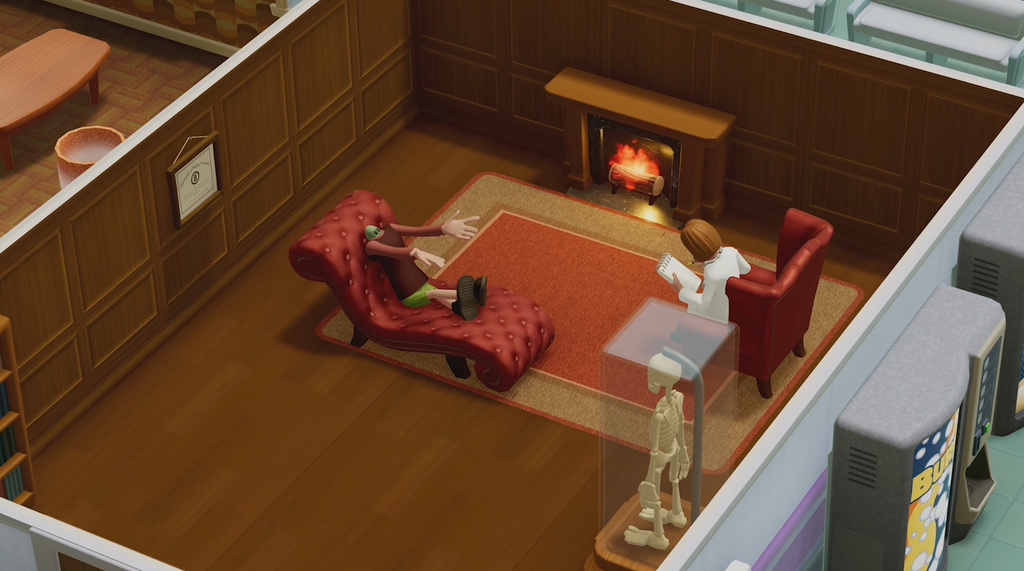


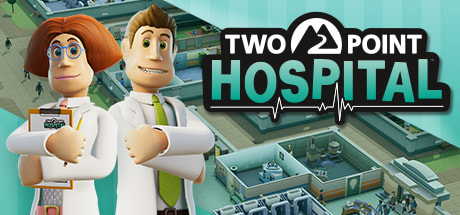
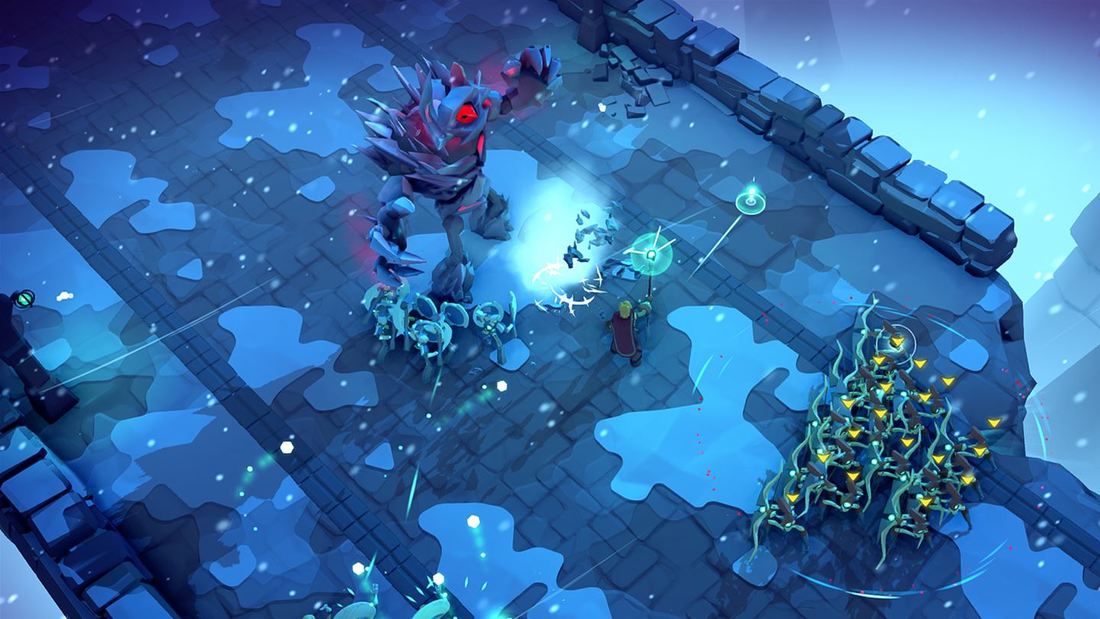
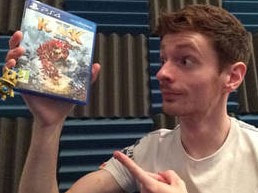

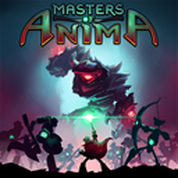
 RSS Feed
RSS Feed